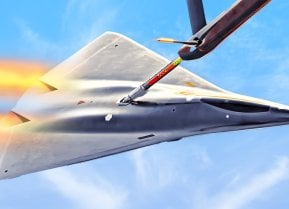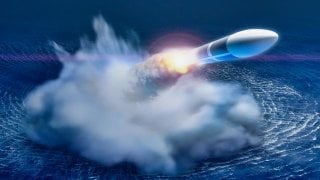Mako Hypersonic Missile: A 'Game Changer' for F-22 and F-35 Fighters
Lockheed Martin's new Mako hypersonic missile marks a key advancement in the U.S. effort to close the hypersonic weapons gap with China and Russia.
Summary and Key Points: Lockheed Martin's new Mako hypersonic missile marks a key advancement in the U.S. effort to close the hypersonic weapons gap with China and Russia.
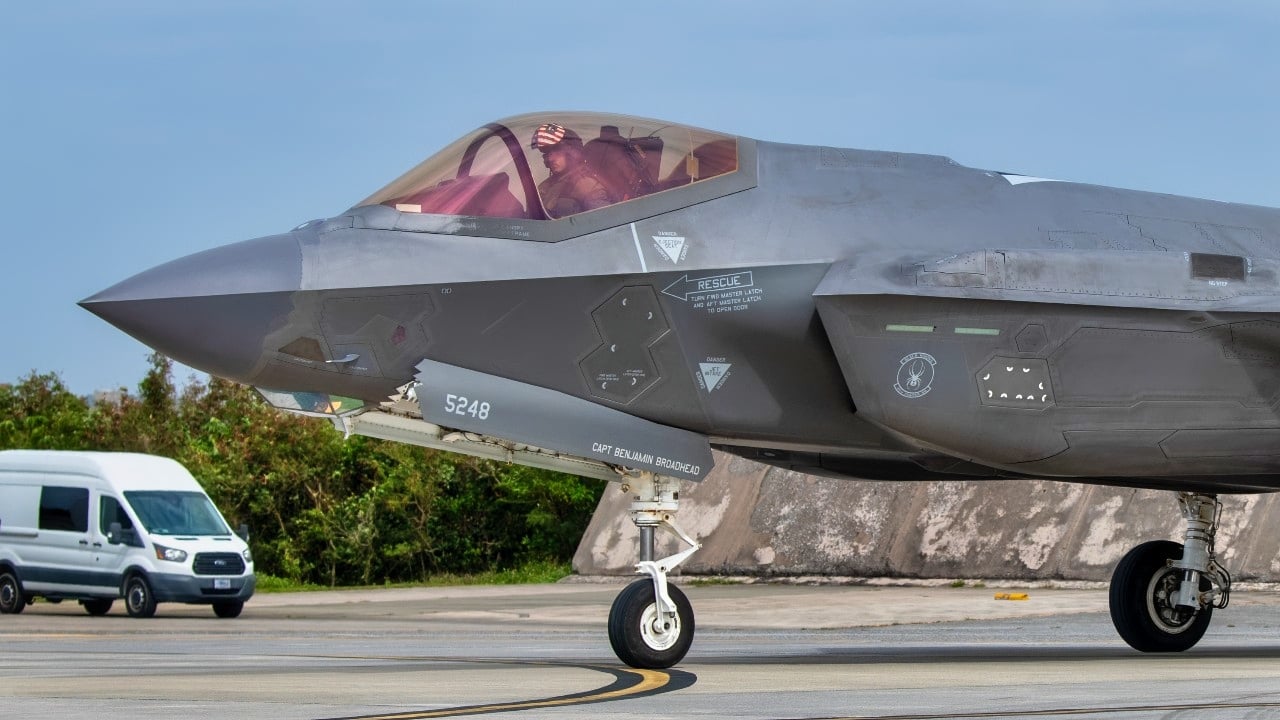
-Capable of exceeding Mach 5, the Mako is adaptable to various U.S. aircraft, including the F-35, F-22, and F/A-18, and is designed for multi-mission use, targeting both land and sea assets.
-Its radical in-flight maneuverability and high speed make it difficult to counter. The missile's production employs digital engineering and additive manufacturing to reduce costs and scale output.
-The Mako is a crucial step in countering China's A2/AD strategy in the Indo-Pacific.
Lockheed’s Mako Hypersonic Missile: A Game-Changer for the F-35
The race for hypersonic weapons is on. China, Russia, and India are all working hard to achieve dominance in this important arena. Right now, Russia has the lead, with China right behind them. India is not far behind the Chinese.
The Americans have wanted to build hypersonic weapons for some time. In fact, when the race for hypersonics started, the Americans had decisive advantages. But Washington let its lead vanish, and now the Americans are playing catch-up.
While the Americans may be down, they are not out of the race. Recently, Lockheed Martin demonstrated what their firm is doing to lead the charge for a robust hypersonic weapons capability. Lockheed Martin’s Mako missile is one move in the right direction.
The Mako Hypersonic Missile
Lockheed’s new missile system is named after the mako, one of the fastest sharks in the world, and it has earned its name already. Indeed, the Mako hypersonic missile can reach speeds over Mach 5. The Lockheed Martin website is vague about the Mako’s range, but you can rest assured that its range is significant enough to challenge any near-peer rival.
Here's the coolest part of the new Mako: It can fit in the weapons bay of an F-35 Lightning II fifth-generation warplane. Other reports suggest the Mako can be adapted to fit nearly any U.S. airframe, from the F-22 Raptor to the F/A-18 Super Hornet.
This shows America getting serious about hypersonic weapons.
Whether the Pentagon will be able to scale these systems up is another matter entirely, as is their cost-effectiveness. But the Mako is a necessary step in the right direction from a technological standpoint.
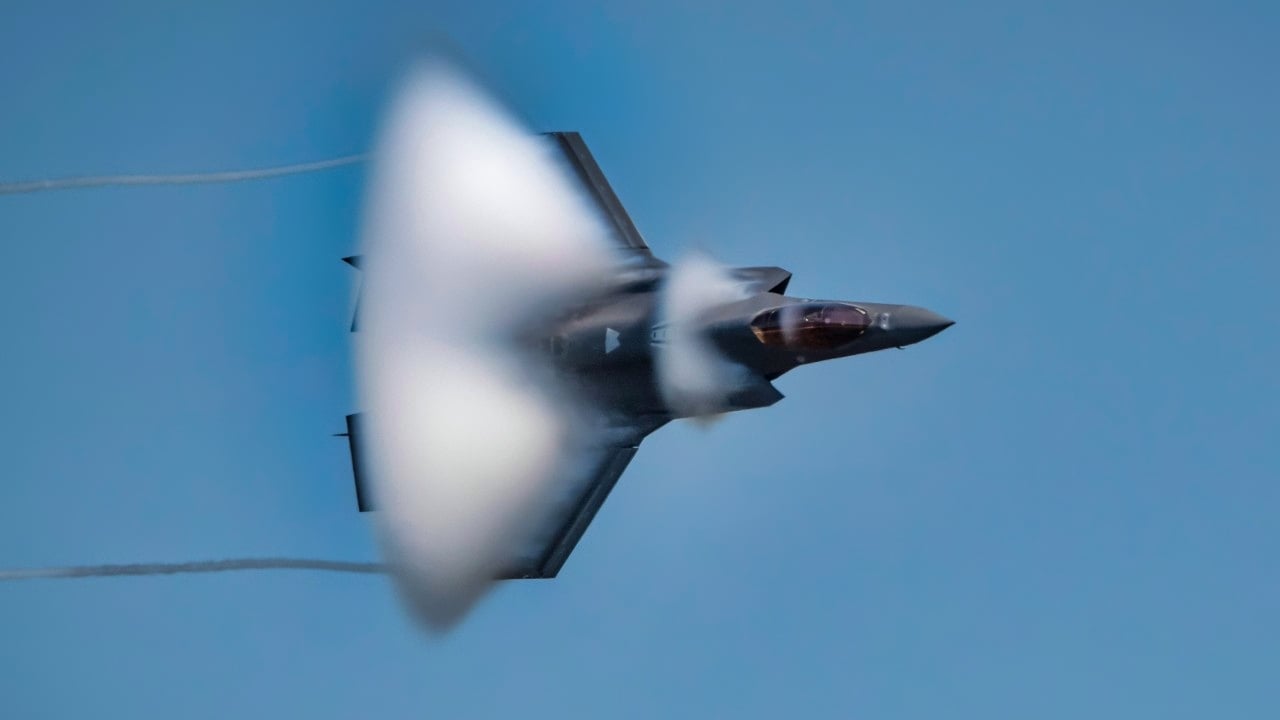
A key feature for the Mako system is its radical in-flight maneuvering capability. This will make it harder for defensive systems to track and destroy the missile before it can do its intended damage.
Lockheed’s Mako missile has a multi-mission set. This system can threaten targets on land and at sea. An advanced U.S. warplane could launch this weapon at a range of targets. The military could use it for strikes on high-value assets including anti-ship systems – that will be key if the United States finds itself in a shooting war with the People’s Republic of China.
A Key Step Toward Breaking China’s A2/AD Advantages
Under current conditions, the Chinese have a comprehensive strategy for denying the Americans access to contested regions in the Indo-Pacific such as the South China Sea, East China Sea, and the Taiwan Strait.
This Chinese strategy, alternatively called the “Assassin’s Mace” or “anti-access/area-denial (A2/AD),” is a significant hindrance to America’s conventional power projection capabilities.
But if Lockheed can mass produce its Mako system, it will be another method for overcoming any Chinese military advantage in the Indo-Pacific.
Because once China believes it has blocked the U.S. Navy and Air Force from projecting power into their region, the Chinese will shift to a more conventional strike posture by moving their warships into the open, believing the Americans cannot threaten these systems.
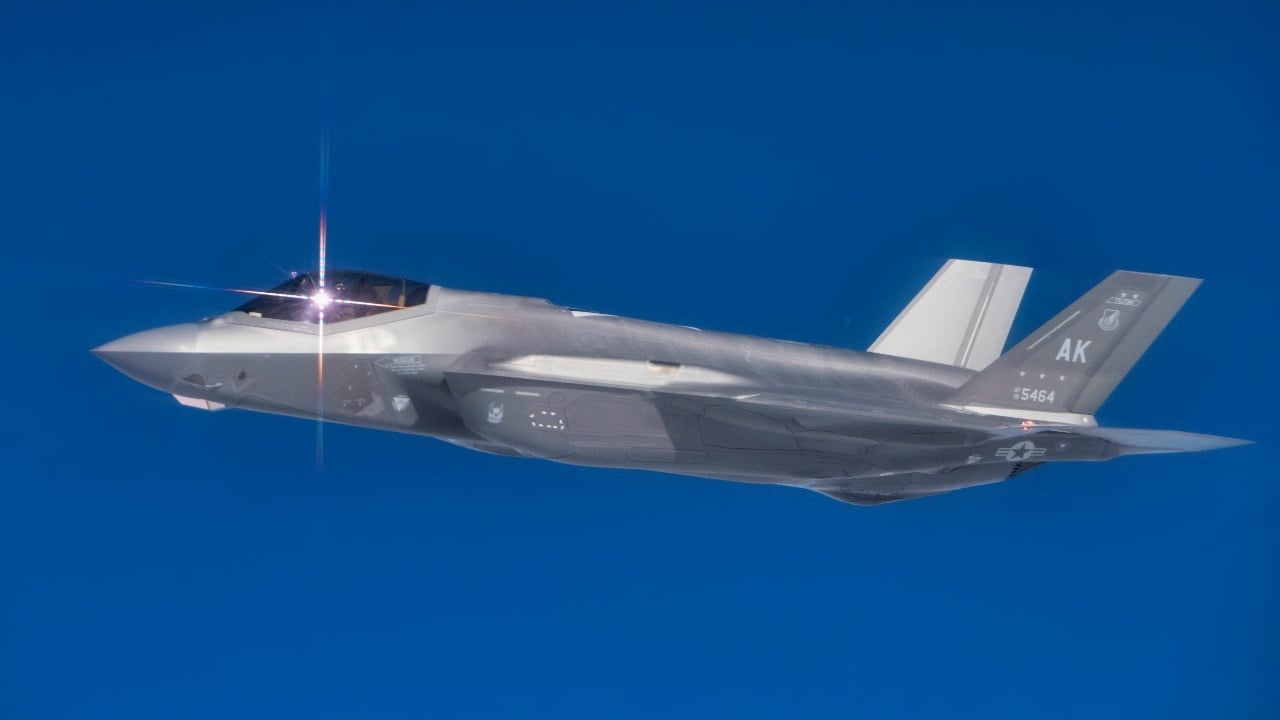
The Mako makes it possible for the Americans to threaten these platforms again.
Given all the concerns about the U.S. defense industrial base and its ability to mass-produce weapons at a reliable clip, Lockheed employed new state-of-the-art manufacturing methods. Digital engineering and additive manufacturing reduce costs and increase production efficiency, meaning that more units can conceivably be built.
So Much Further to Go
The Americans have trailed their rivals in the hypersonic weapons race for far too long. With the world inching precariously closer to a war in which hypersonic weapons will be used, the U.S. military must redouble its efforts to counter its rivals’ advances.
Lockheed Martin is slowly but surely helping America to achieve that mission goal. It’s a nice little “win” in an otherwise pathetic defense industrial scene.
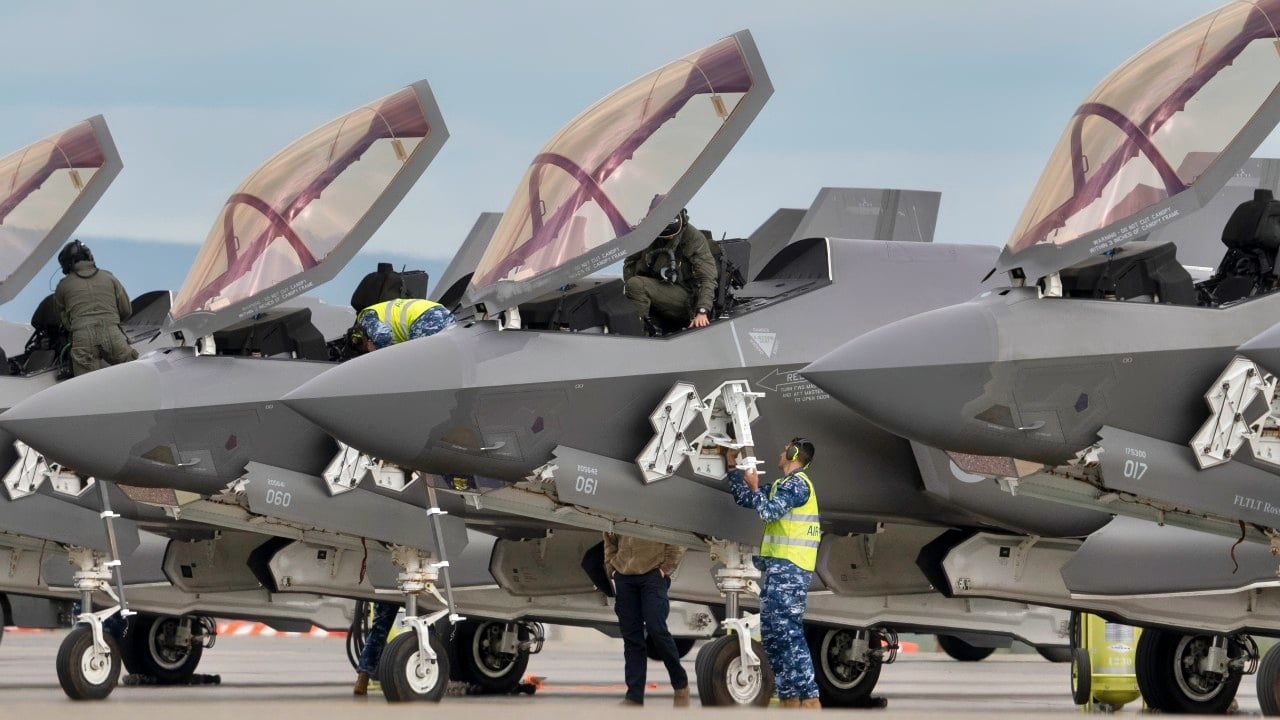
Author Experience and Expertise: Brandon J. Weichert
Brandon J. Weichert, a National Interest national security analyst, is a former Congressional staffer and geopolitical analyst who is a contributor at The Washington Times, the Asia Times, and The-Pipeline. He is the author of Winning Space: How America Remains a Superpower, Biohacked: China’s Race to Control Life, and The Shadow War: Iran’s Quest for Supremacy. His next book, A Disaster of Our Own Making: How the West Lost Ukraine, is due October 22 from Encounter Books. Weichert can be followed via Twitter @WeTheBrandon.
All images are Creative Commons or Shutterstock.
From the Vault
Russia Freaked Out: Why the U.S. Navy 'Unretired' the Iowa-Class Battleships
Battleship vs. Battlecruiser: Iowa-Class vs. Russia's Kirov-Class (Who Wins?)
